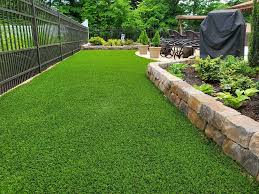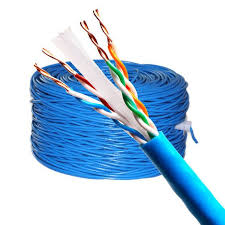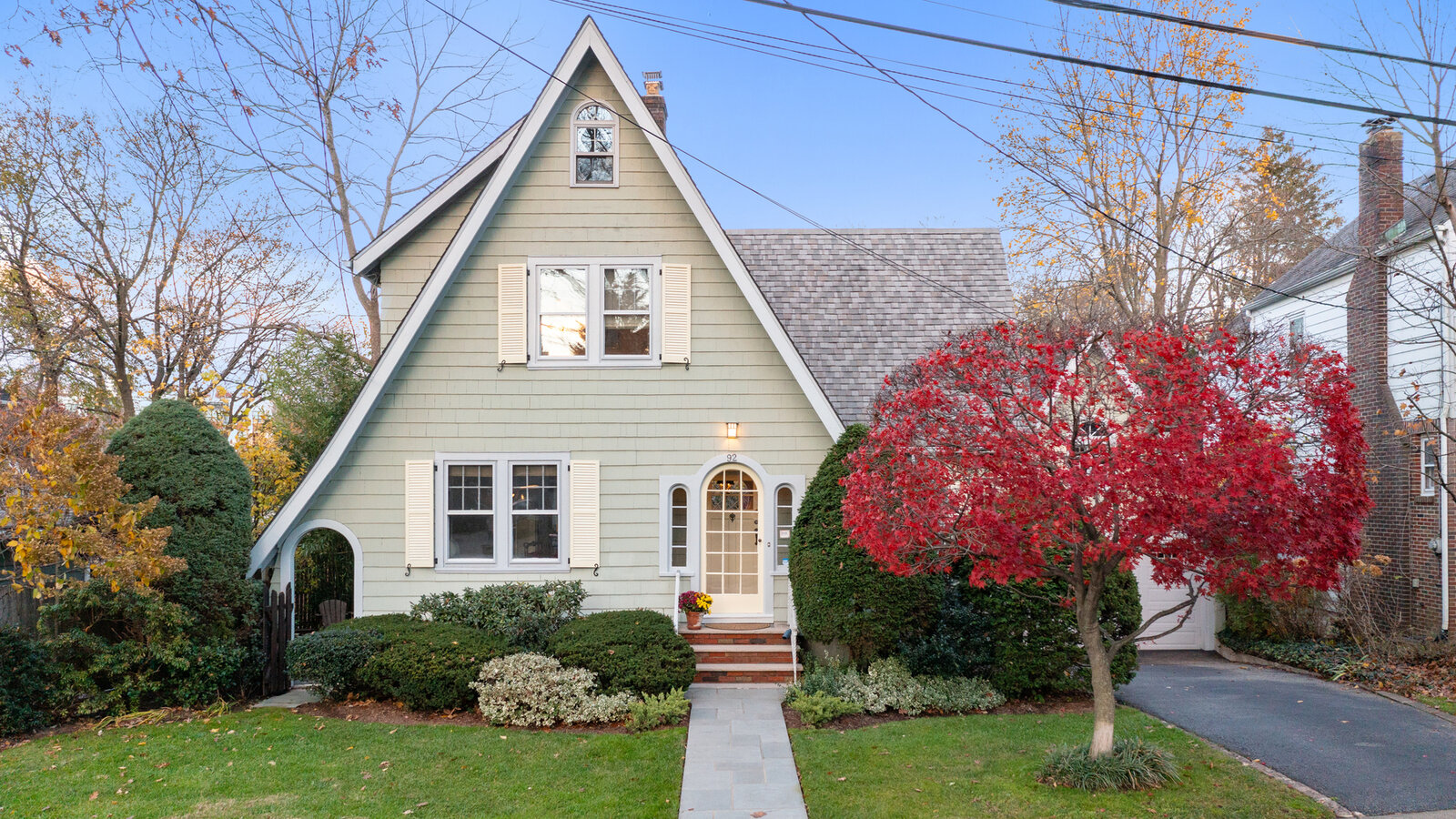The perfect backyard is often about choosing the ideal kind of ground cover or artificial turf has become a popular choice for those who want a low-maintenance, attractive option. Here’s what you need to be aware of when it comes to installing and maintaining your turf backyard.
What is Artificial Turf?
pet turf , also referred to as synthetic grass is a manufactured surface that is designed to look and feel like natural grass. It’s made from synthetic fibers, most commonly polyethylene or polypropylene, and can be used for a variety of purposes such as sports fields to residential lawns. The modern turf has advanced dramatically, with advances in technology that have led to more realistic shades and textures that closely replicate natural grass.
Benefits of Artificial Turf
Low maintenance: One of the biggest advantages that comes with artificial turf is its minimal maintenance needs. Unlike grass that is naturally grown grass, synthetic turf doesn’t need mowing, watering, or fertilizing. This results in significant savings in time, money, and even resources.
The durability of turf is constructed to withstand high foot traffic and harsh weather conditions. It is durable and maintains its appearance function over time, making it ideal for areas with a lot of traffic like pet parks or playgrounds.
Aesthetic Attractiveness: Artificial turf gives a consistently green and lush appearance throughout the year, no matter the weather. It is a solution to the issue of brown patches or uneven growth, which can be a problem for natural grass.
Environmental Benefits In reducing the demand for water, pesticides, or fertilizers artificial turf can contribute to environmental conservation efforts. It’s a green option for those who want to lower their carbon footprint.
Installation Process
Installing artificial turf involves several key steps:
The preparation begins by clearing any existing grass or weeds other debris that may be in the vicinity. The soil is then leveled and compacted to create a level base.
Base Layer: A base layer of crushed gravel or rock is layered on top and compacted to ensure proper drainage and stability.
Turf Placement: Laying out the turf and cutting it to suit the area. Seams are bonded and secured and edges are secured.
Infill: Infill material, like silica sand or rubber granules, is spread over the turf in order to provide the required weight, support and enhance the appearance of the grass.
Brushing: The final step involves brushing the turf to increase the loft of the turf and create a natural-looking finish.
Maintenance
Although artificial turf requires less maintenance than natural grass, occasional care is still necessary. Regularly remove debris, rinse the turf with water to remove pet waste or dust, and scrub the fibers with a brush to ensure they remain up and even.
Conclusion
Artificial turf can be a practical and attractive solution for homeowners seeking an appealing, low-maintenance garden. With its long-lasting durability, environmental benefits, and the year-round appeal of artificial turf, it’s a worthwhile consideration for transforming your backyard.


